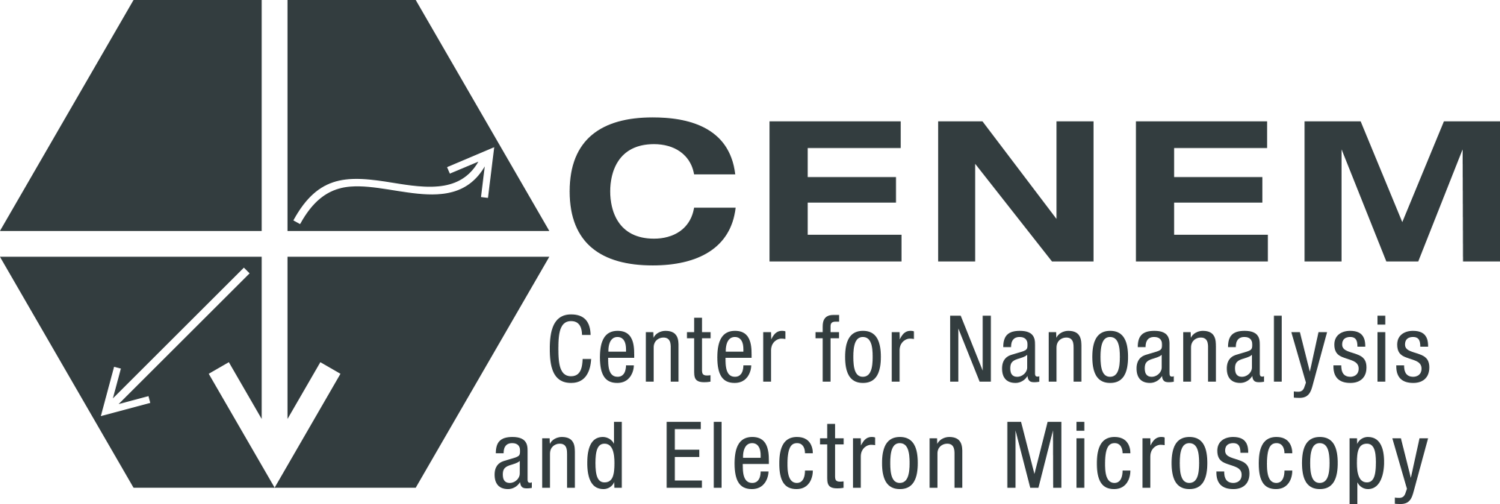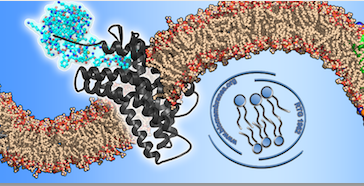Collaborative projects
Current projects
The long-term goal of CRC 1411 Design of Particulate Products is the property design of single particles and particulate products made from these single particles, by size, shape, topology and process optimisation based on inverted structure-property-process functions. In particular, we focus on two different, closely interlinked applications and related functionalities, i.e. the design of particles with desired optical properties and the chromatographic separation of NPs via mesoporous and macroporous particulate materials. Examples of particulate products are single particles (e.g. for plasmonic sensing), agglomerates (e.g. supraparticles from QDs for colour mixing, QD-filled MOFs or supraparticles for structure-induced colours or stationary phases in chromatography) or thin films for pigment applications. (Since 2020)

The CRC 1452, Catalysis at Liquid Interfaces (CLINT), will follow a new paradigm: We aim to explore the highly dynamic, anisotropic environment of liquid interfaces to create, tailor and stabilise catalytically active sites with unique reactivity and performance. With this concept, we aim to develop novel catalytic materials that combine selectivity, productivity, robustness, and ease of processing at the highest level. (Since 2021)

Past projects
The SFB 953 ‘Synthetic Carbon Allotropes’ constituted the ideal forum to advance the unifying knowledge on carbon science represented at the Friedrich-Alexander University Erlangen-Nürnberg (FAU) approaching the desired goal of creating new materials for high-performance applications. The FAU hosts probably the largest and most productive pioneering community in Europe or even worldwide at the forefront of carbon allotrope research. Erlangen is the only place, where all fields of carbon research – the chemistry , the physics, and the materials engineering of fullerenes, carbon nanotubes, graphene, and of new synthetic carbon allotropes – are represented. (2012-2023)
The SFB/Transregio 103 consisted of 22 individual research projects, working in three topical areas (A: Property Assessment, B: Processing and Alloy Development, C: Scale Bridging Materials Modelling). Cross sectional research groups ensured that there is a good collaboration between the researchers from these different areas. Improvements of thermal efficiency factor and handling with ressources required new conceps for superalloys. (2012-2023)

The doctoral program GRK 1896 “In situ Microscopy with Electrons, X-rays and Scanning Probes” combined, for the first time, three pillars of nanocharacterization into a structured research training group. The main objective of this program was to provide the next generation of scientists and engineers with comprehensive, method-spanning and interdisciplinary training in the application of cutting-edge nanocharacterization tools to materials and device development. Our PhD candidates were well-positioned in a network of international collaborations and highly trained in multiple, complementary techniques, providing them with an essential foundation for a successful career in the field of advanced materials and devices development. (2013-2022)

The SPP 1570 “Porous Media with Defined Porous Structure in Chemical Engineering – Modelling, Applications, Synthesis” focused on the rational design of pore structures in porous media used, for example as catalyst supports, adsorbents, insulation materials, membranes or chromatographic columns. The optimisation of pore structures can improve the properties of these materials regarding given critera, as well-known from simulations. The aims of this project were specifically : 1) to establish pore models which give insight into processes within the pores, 2) to describe transport mechanisms in pores by suitable multi-component diffusion models, thermal equations or molecular approaches, 3) to optimise pore structures regarding the relevant criteria for their application, 4) to synthesise optimal pore structures, 5) to employ new high-resolution imaging techniques (Magnetic Resonance Imaging) to make drying processes and three-phase reactions visible and 6) to verify the improved properties of the synthesised porous media in their respective process technology application. (2011-2019)
The guiding theme of this interdisciplinary Research Training Group GRK 1962 (RTG) were processes in and on biomembranes, spanning different time and length scales. Research in the RTG focussed on the interplay of lipids and proteins as the major components of biomembranes. In particular, the RTG addressed the mechanisms underlying the localization of lipids and proteins in membranes, and the relationships between the specific membrane composition and dynamics, protein-lipid interaction, and force transmission across membranes with regard to the manifold membrane functions in cells. Accordingly, the research programme encompassed structural and functional studies of biomolecules on the atomistic (protein and membrane structures), mesoscopic (e.g. membrane-receptor interactions, diffusion), and macroscopic scale (membrane internalization, cell growth, tissues). Thereby, the RTG was expected to yield insight into the structural and functional determinants of membrane-bound and membrane-assisted biological pro- cesses – such as recognition processes at membranes, or directed growth mechanisms – and to contribute significantly to improving current models of plasma membranes. (2014-2018)
The GRK 1161 “Disperse Systems for Electronic Applications” aimed for a new way of doctoral education in the innovative field of printable electronics. The scientific challenge was to demonstrate simple electronic circuits based on printable particulate pastes. Thereby, the flexibility of polymeric electronics could be combined with the advantages of silicon technology. This enabled completely new fields of application with low-expense and flexible electronics. (2005-2014)






